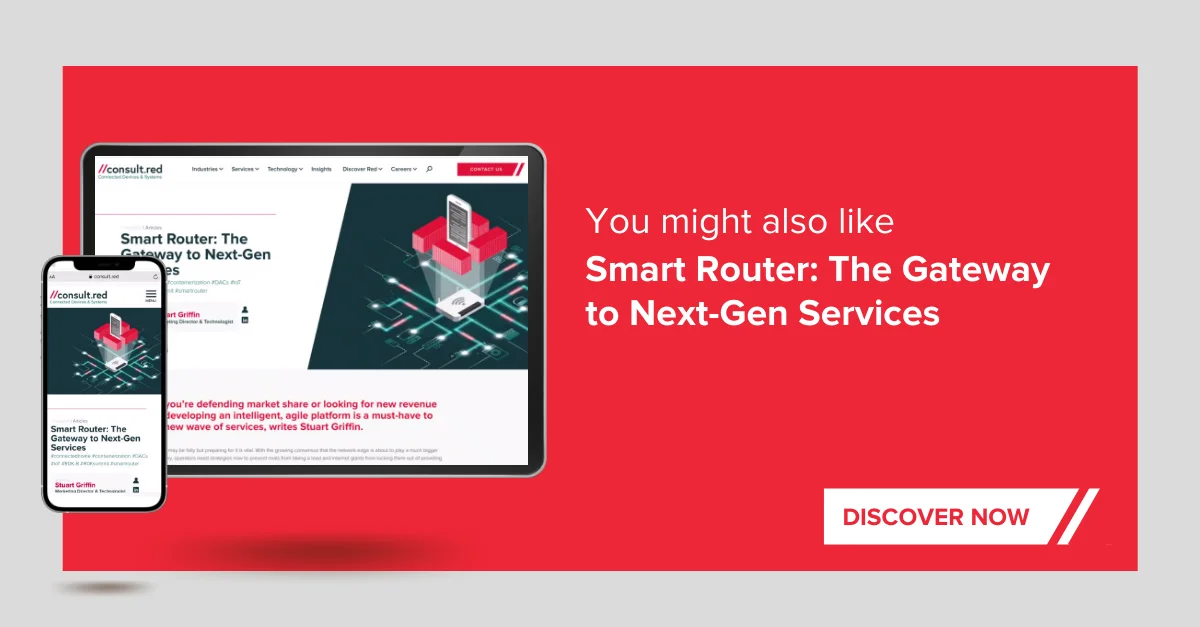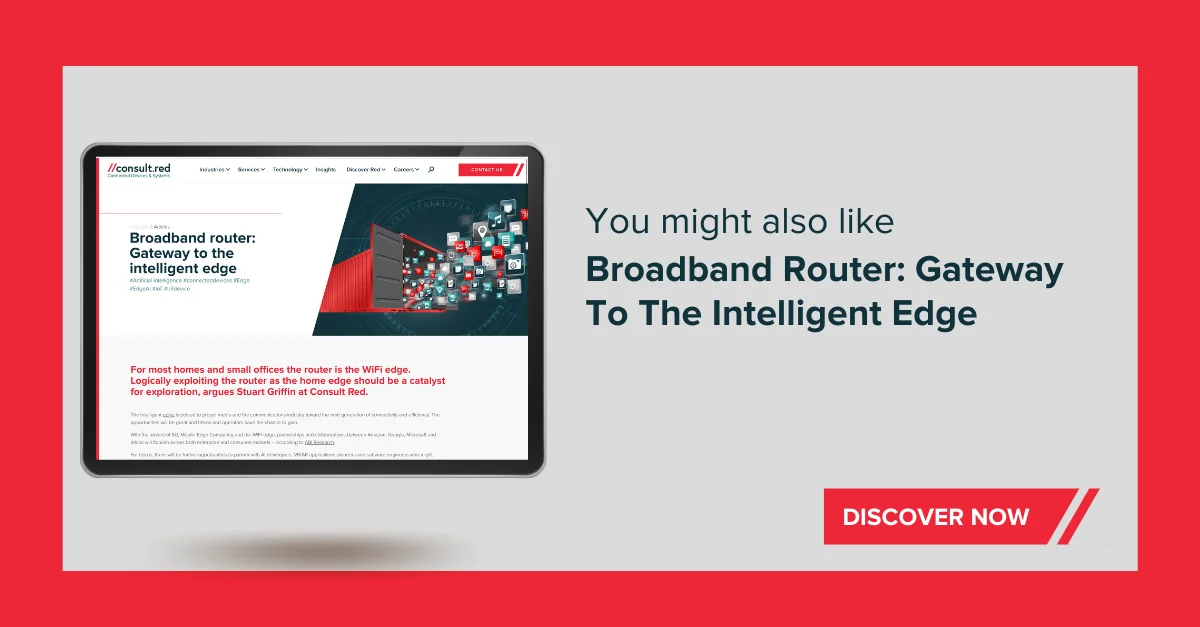Why smart home is a smart play for operators
Covid-19 has had many side effects and one of them has been to rejuvenate the smart home. A market that was previously in decline is now revving up and operators have a springboard into its heart. Analysts predict the value of the global smart home market will soar to between $138.9 billion and $622.59 billion by 2026 as connectivity is introduced across a wider range of home devices from security cameras to utility meters, and thermostats. The pandemic has already amplified demand for smart appliances for security, climate control, lighting and health alongside smart TVs. Connectivity is likely to become so pervasive to the extent of being embedded in every household device in the coming years. The exponential growth in working from home and the urgent need for energy-saving and low carbon emission solutions are also driving demand.
Yet the weaknesses that stalled mass adoption remain. That’s because, while connected home devices are designed to make the consumer’s life easier, the market remains fragmented and complex.
This is precisely where forward-thinking broadband operators can strike.
At the centre of the Smart Home
Telcos hold the keys to a prize asset already ubiquitous in the home. The humble broadband router is established as a secure managed edge-of-network device. Its transformation from fixed-function terminal into a smart router has the potential to deliver competitive advantage for operators keen to innovate value-added services and stem churn. The smart broadband router has a number of unique advantages ready for the operator to exploit:
Simplified customer experience
The proliferation of gateway boxes stacked next to the broadband router is not only unappealing but increasingly complex to set-up, secure, update and control. Each comes with its own smart phone application controlling just part of the system.
Gateway boxes – such as Hive, Nest or Hue – can be replaced by microservices running on the router. Fewer boxes mean less clutter, less power, less cost and less landfill.
Managed service
The operator’s established position as a trusted provider of broadband connectivity is a strength to be leaned into. By working with multiple providers, the operator can offer the customer a wide choice from key brands and provide a common point (in the cloud) ensuring products interoperate and can be controlled centrally.
Security
Securing the smart home is a challenge. IoT devices can and do get hacked but the router already plays a vital role in securing the home as a firewall from external threats. Operators can build on this by using the smart router to protect the network from internal threats. Once a compromised device is detected the router can quarantine it to prevent attack.
Privacy
Customers want companies to treat their personal data correctly, and the adverse publicity from privacy breaches can seriously damage brands. Processing data (including biometric and image data) locally on the router, so that it never leaves the home, reduces the privacy risk, simplifies regulatory compliance and gives customers peace of mind.
Business agility
Most operators are currently stuck with a fragmented device estate where updates are challenging to implement and may even necessitate truck roles. Creating an agile platform and standardizing the deployment and management of third-party software within a containerized environment will break the cycle of legacy cost and low margin and usher in a new business model.
Prime mover advantage
Flexibility and security within the home network is sought after by service providers and essential for end-users. The router’s unique place in the home network means it can save power, protect privacy, provide autonomy, absorb gateway boxes and much more. These benefits are a springboard for new services and operational savings and they can only be realised with a smart router. Doing so adds value for the customer and stems churn. An open ecosystem of supported devices supported and extended always-on wireless connectivity within the house are utilities to be marketed by telcos as service value-adds.
Putting trust at the heart of the home
But are consumers ready to trust the telco with their smart home needs? Given that trust is perhaps permanently broken between the customer and certain big tech firms, the operator could step into the breach and ringfence data within the home on the mutual understanding that they have no intention of selling it.

Some service providers are already making good progress with this approach. Comcast’s Xfinity Home integrates their security camera solution along with products from Honeywell, Yale, ecobee, Lifx and many other suppliers. They’ve shown that providing a single overarching application increases engagement compared with deployments with just the supplier’s own application and they are selling millions of devices. The Comcast brand, like that of Sky with its new Sky Glass pay-TV and internet connected all-in-one TV, is being transformed.
Time is money
Tech giants including Amazon, Apple and Google have identified the centre of the smart home as ripe for exploitation. These companies are now directly targeting the home network with initiatives such as Amazon Sidewalk and Google Wi-Fi, deploying voice as the user interface.
It will take time for operators to upgrade their routers to this new stack. But the outcome will be an estate where new services, enhancements or diagnostics can be deployed instantly to individual customers. What’s not in doubt is that an agile platform will be a must-have if operators are going to rapidly exploit these opportunities.

Innovating to develop the smart router could unlock a raft of new value-added services and place operators at the heart of the smart home for decades to come. Or will operators look on, as the internet giants and others continue to build lucrative services over their infrastructure?
About Consult Red
Consult Red have been instrumental in bringing containerization technology to embedded devices. Together with Sky, Comcast, Liberty Global, Consult Red has brought production-quality support for standards-compliant container technology into the RDK-V open-source project.
Consult Red’s CTO, Rahul Mehra, chairs RDK’s special interest group for Downloadable Application Containerisation (DACs) – a technology now deployed in over 10m devices as a modular approach to deploy services and facilitate service upgrades.





